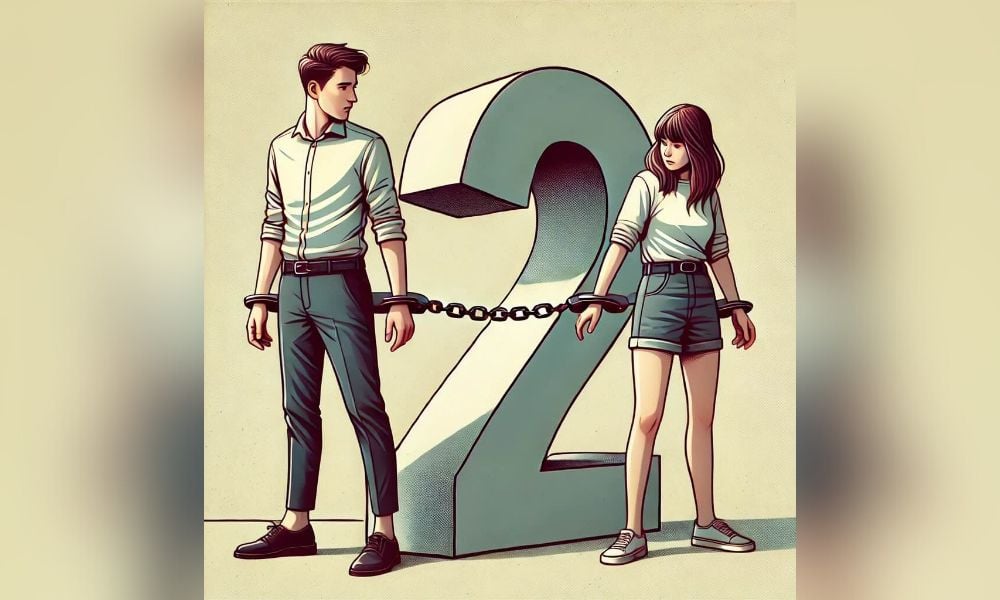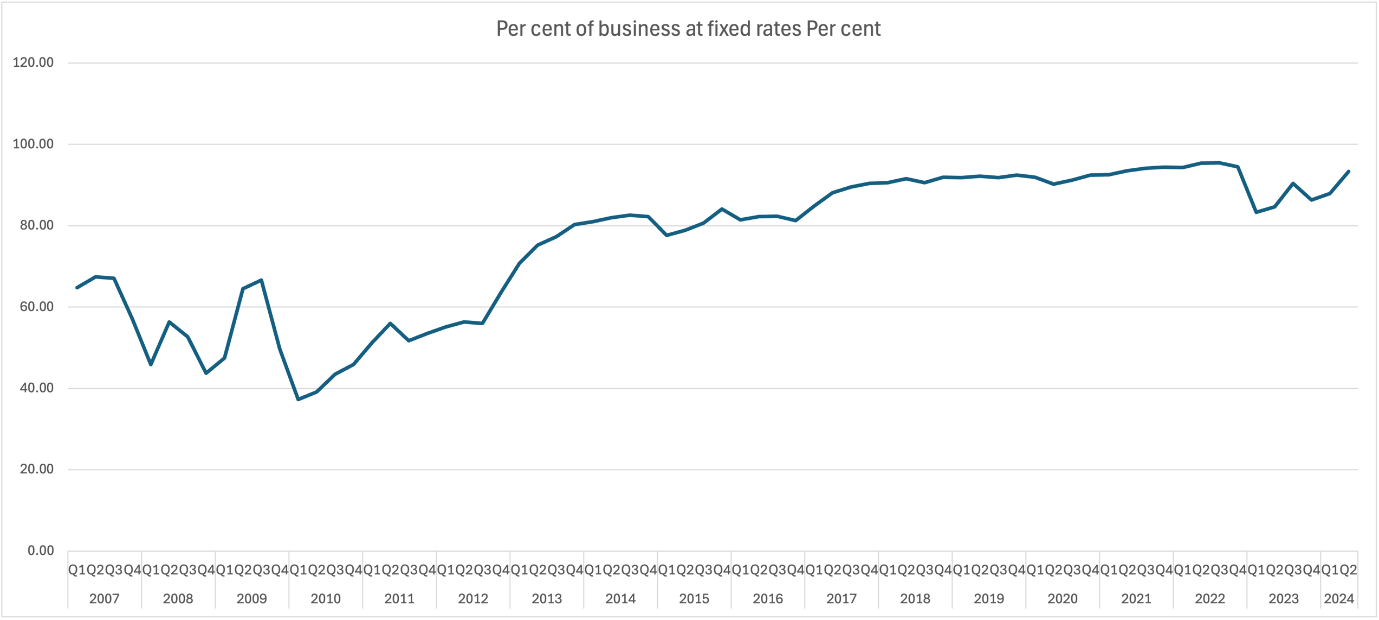Major lender releases data on borrower trends

It’s difficult for borrowers at the moment. Firstly, mortgage rates started dropping (finally!!) and then? Complete reverse direction as budget fears started pushing up rates again, and lenders started withdrawing products from the market, or raising mortgage rates.
Read more: Cheap mortgages are over – Lloyds Bank
So it’s little wonder that clients are confused – are rates going to head back down? Or are a number of banks correct and mortgage rates are going to fall back down to 2.75% over the next year?
It seems like nerves are making clients opt for a fixed-rate mortgage – but not TOO fixed. New data from Santander indicates that a growing number of UK mortgage borrowers are opting for two-year fixed rate deals, signalling a shift in consumer behaviour. According to the bank, 60% of their customers are selecting these shorter-term fixes, likely betting that interest rates will have dropped by the time they need to remortgage in two years.
Read more: Barclays announces new mortgage rate cuts
Despite five-year fixed rate products currently offering lower rates, only about a quarter of borrowers are opting for them. The rest are spread across longer-term fixes—such as three- or ten-year deals—or variable rate tracker mortgages. This trend marks a departure from recent years, where borrowers favoured five-year fixes by a 60/40 margin, according to Santander.
Many homeowners appear to be hedging their bets, anticipating that borrowing costs will decline over the coming years. However, some experts are cautioning against such optimism – lenders like Lloyds saying that we aren’t going back to mega-low rates for the forseeable future.
Read more: Worried that Reeves may ruin mortgage rates? Trump could be the real worry
While the Bank of England might reduce interest rates as inflation eases, it remains uncertain how quickly or significantly these cuts will occur, and mortgage rates don’t always move in lockstep with the base rate. Lenders could keep rates higher due to concerns over economic risks or liquidity.

Meanwhile, Santander has forecasted that interest rates could fall to 3.75% by the end of next year, stabilising between 3% and 4% for the foreseeable future. But Graham Sellar, the bank’s head of intermediary channels, stresses the importance of monitoring swap rates, which affect the cost of fixed-rate mortgages.
He notes, “While base rate doesn’t dictate mortgage rates, it can impact swap rates, which is what lenders pay to financial institutions to acquire fixed funding for a set period of time.”
Read more: Second major bank says interest rates heading to 2.75% - and quickly
Sellar suggests that while mortgage rates may not drop as dramatically as some hope, they could remain more stable than the fluctuations seen in recent years, offering some reassurance to borrowers navigating an uncertain market. For clients now, it’s how much payment security do they need – is two years enough, or will five years give them enough peace of mind?



